
Church in Chinese Suzhou by the studio Neri & Hu
In the western suburbs of Shanghai lies Suzhou, which surpasses the entire Czech Republic in size (Suzhou has 10.5 million inhabitants). The history of this Chinese city situated on the lower reaches of the Yangtze River dates back to the 6th century BC. Water canals lined with houses and arched bridges compare the city to the Chinese Venice. At the northern edge is a recreational area with the freshwater Yangcheng Lake, where a chapel has been built right on the coastal promenade alongside a community center. The project authors are Lyndon Neri and Rossana Hu from the Shanghai studio Neri & Hu Design and Research Office, who describe their design as a “choreographically shaped path through the landscape.” The access path between the walls of dark cut stone resembles a labyrinth that leads to a paradise garden. The entire design is laid out on several height levels. From a massive brick base in the center rises a translucent white cube of sacred space. Behind the external metallic shell lies a load-bearing wall with irregularly placed square openings that illuminate the sacred space. The twelve-meter-high hall is divided by a mezzanine and the entire space is lined with wooden slats featuring a ceiling that evokes a gabled roof. The white cube also includes a staircase that leads up to the roof, from where there is a view of the adjacent lake.
The English translation is powered by AI tool. Switch to Czech to view the original text source.
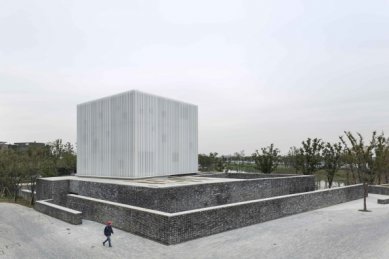

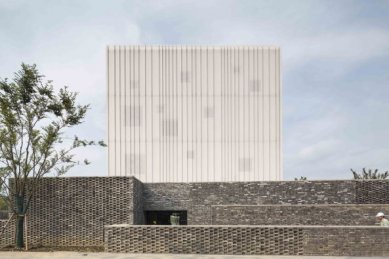
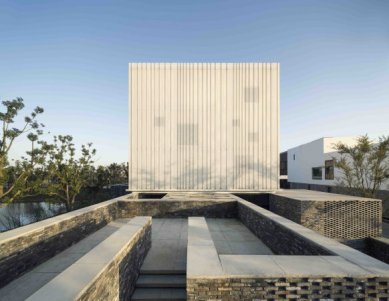
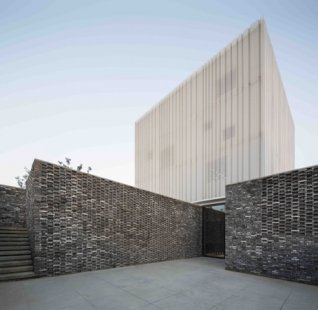
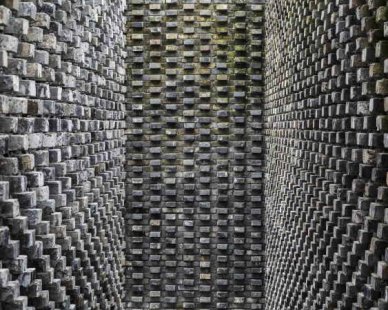
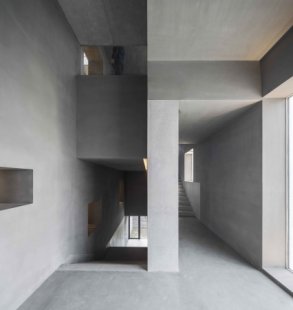
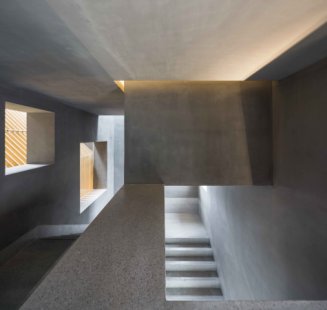
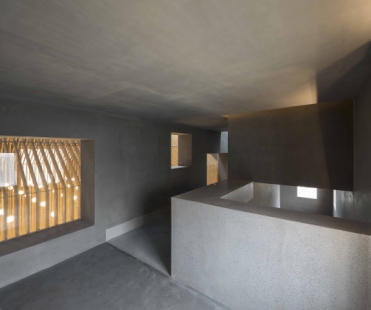
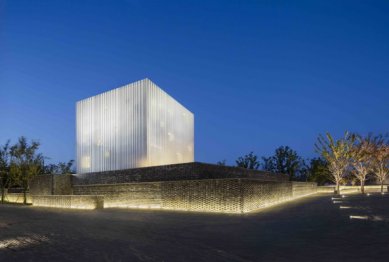
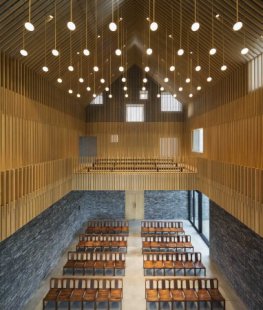
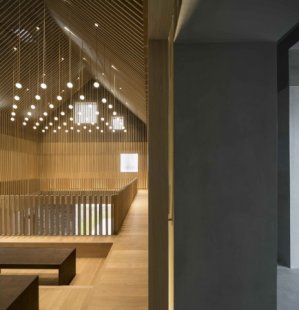
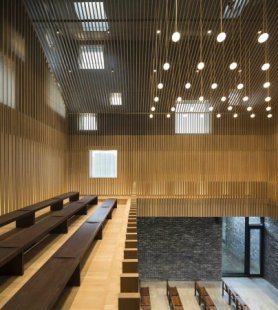
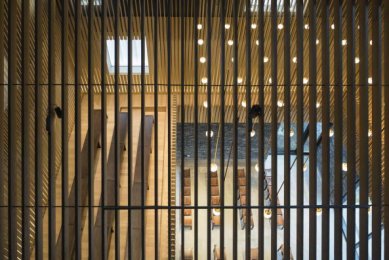
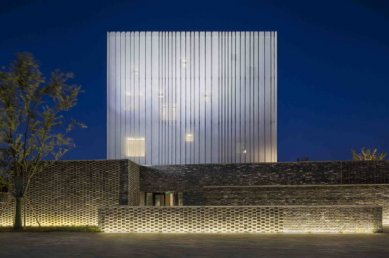
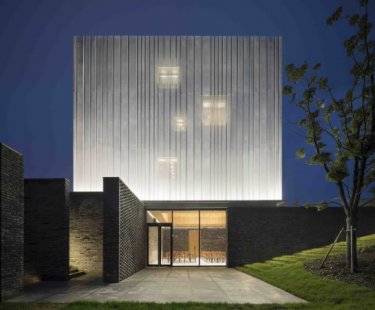
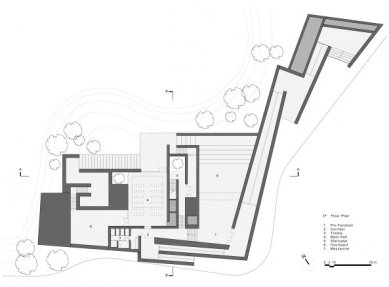
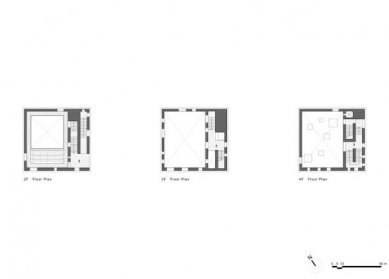
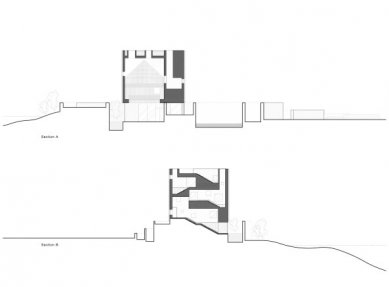
0 comments
add comment












